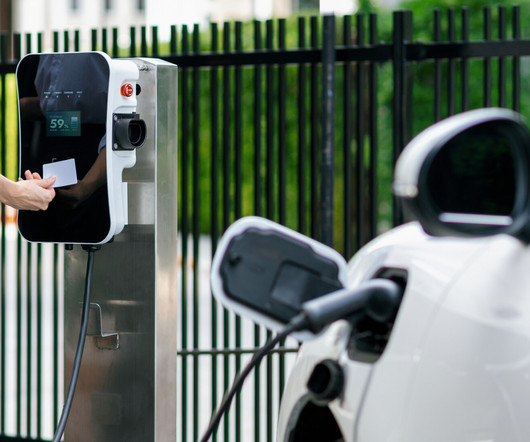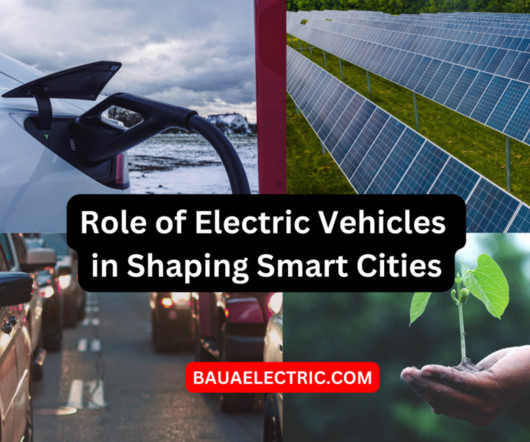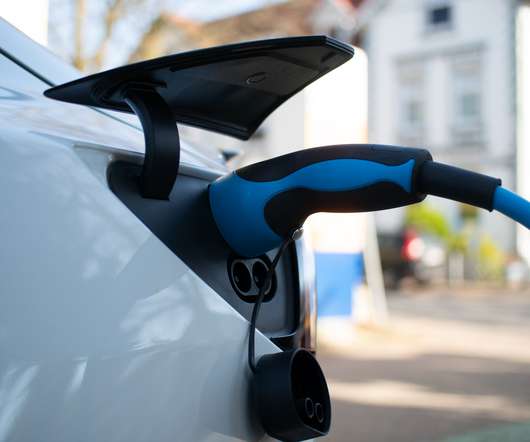A Comprehensive Guide to EV Charging Management Software Solution
Driivz
APRIL 3, 2024
EV charging and charging infrastructure software falls into three general categories: Vehicle-based software – EVs, like computers and smart appliances, rely on software to manage battery lifecycles and inform drivers about remaining charge, driving range, location of charging stations en route , etc. Looking to learn more?










Let's personalize your content